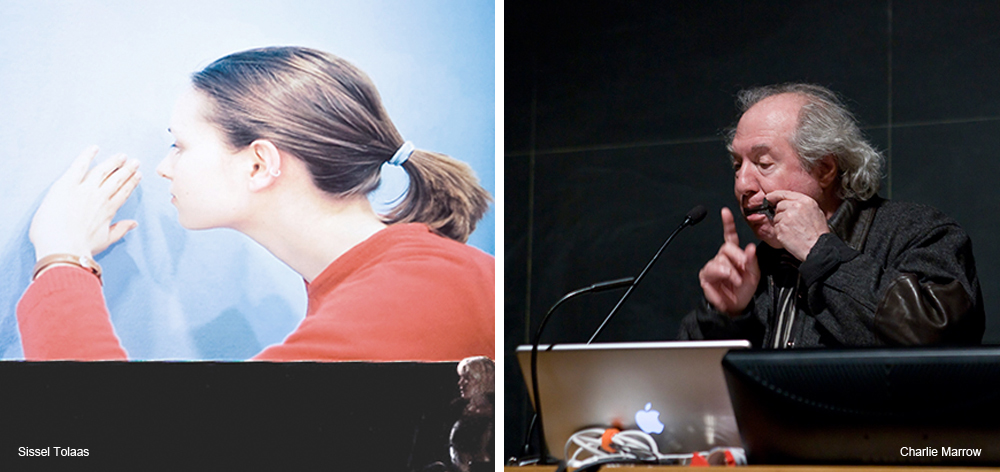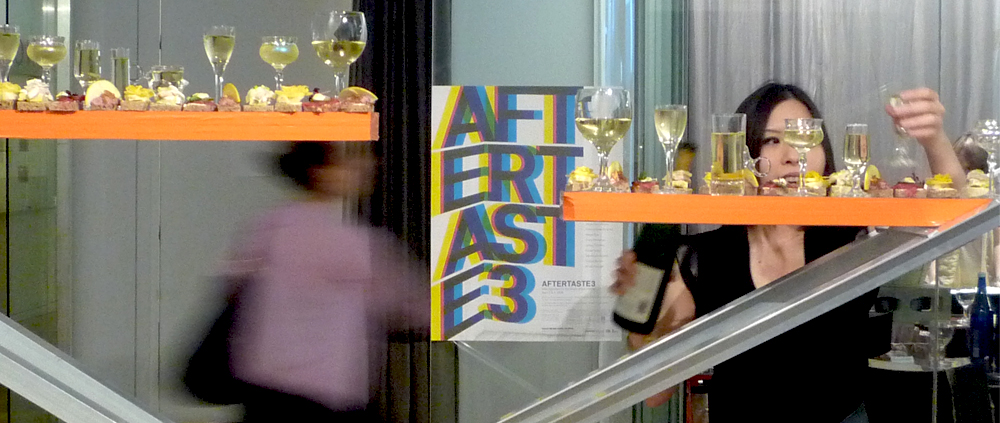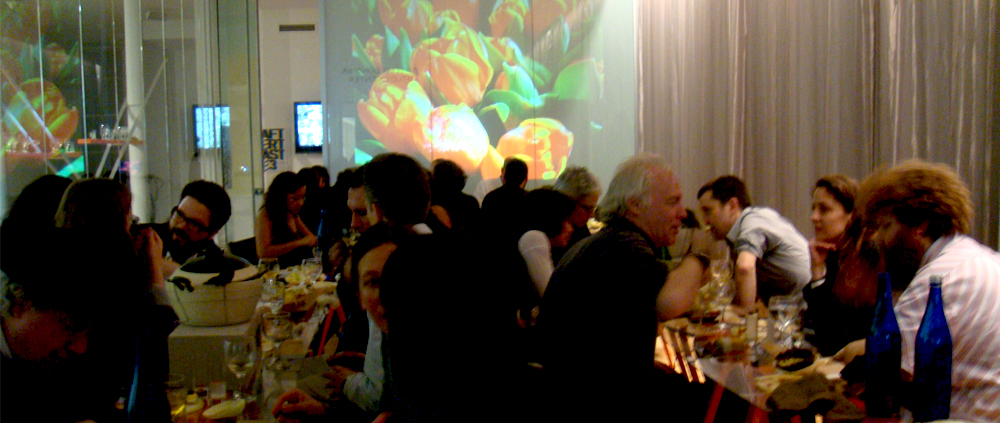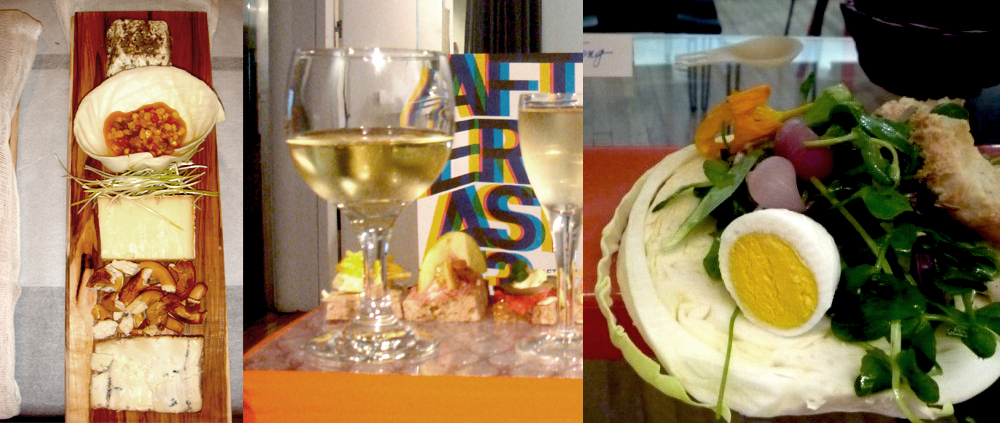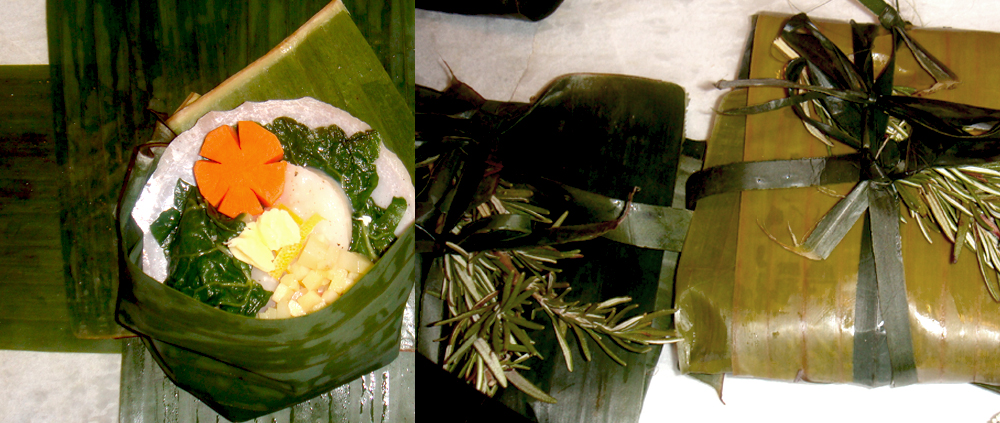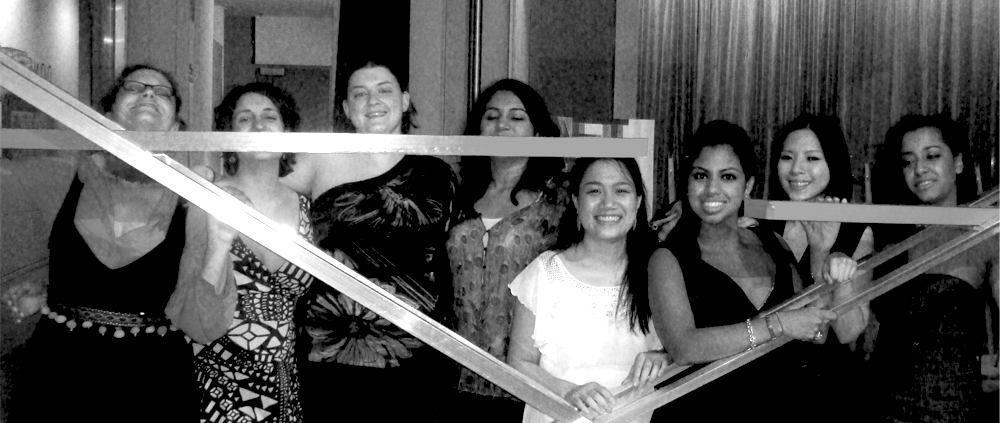Aftertaste 2009 AFTERTASTE 3 Symposium
April 3, 2009 to April 4, 2009
It is not hard to imagine an apartment whose layout would depend no longer on the activities of the day, but on functional relationships between the rooms... It takes a little more imagination, no doubt, to picture an apartment whose layout was based on the functioning of the senses. We can imagine well enough what a gustatorium might be, or an auditorium, but one might wonder what a visuorium might look like, or an olfactorium or a palporium. — Georges Perec, "The Apartment", Species of Spaces and Other Pieces [1974] London: Penguin Books 1997, 31.
AFTERTASTE 3, the annual international symposium dedicated to the critical review of Interior Design, provoked a discussion about the richness of the senses and their role in the comprehension of space and inhabitation. Experimental in character, this conference aims to consider projects and ideas that stem from investigations into the workings of the senses. Writer Georges Perec famously urged us to imagine separate rooms for taste, hearing, sight, smell and touch, yet one might also inversely challenge the primacy of visual perception by bringing the more peripheral and intertwined aspects of sensory experience into focus. AFTERTASTE 3 featured accomplished designers, architects, and artists whose work specifically addresses the complex and still relatively unexplored role of sentient perception in the imagining of interiors.
Schedule
April 3, 2009, Location: Kellen Auditorium
6:00 pm - 8:00 pm
+ Mayer Rus
Location: Kellen Auditorium
6:00 pm - 8:00 pm
+ Robert Israel
Location: Kellen Auditorium
6:00 pm - 8:00 pm
+ James Tichenor & Joshua Walton
Location: Kellen Auditorium
6:00 pm - 8:00 pm
+ Alfred Zollinger
Location: Kellen Auditorium
6:00 pm - 8:00 pm
+ Charlie Marrow
Location: Kellen Auditorium
6:00 pm - 8:00 pm
+ Emily Thompson
Location: Kellen Auditorium
6:00 pm - 8:00 pm
+ Sabine Von Fischer
April 4, 2009, Location: Kellen Auditorium
12:00 pm - 5:00 pm
+ Sissel Tolaas
Location: Kellen Auditorium
12:00 pm - 5:00 pm
+ James Auger
Location: Kellen Auditorium
12:00 pm - 5:00 pm
+ Joanna Merwood-Salisbury
Location: Kellen Auditorium
12:00 pm - 5:00 pm
+ Jorge Otero Pailos
Location: Kellen Auditorium
12:00 pm - 5:00 pm
+ Kent Kleinman
Location: Kellen Auditorium
12:00 pm - 5:00 pm
+ Robert Kirkbride
Participants
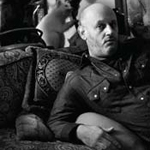
Mayer Rus
Mayer Rus is the design and culture editor of the Los Angeles Times Magazine. Prior to moving to California in 2008, he spent eight years as design editor of House & Garden, where he penned the Testy Tastemaker column, his platform for railing against pretension, hyperbole, and hollow trends in the design world. Before moving to House & Garden, he was editor in chief of Interior Design. Throughout his career, Rus has consistently crusaded for greater public awareness of design by reinforcing links between the design world and broader movements in business, politics, popular culture, and the arts. He has a reputation as both a fierce critic and an ardent supporter of young design talent. In addition to lecturing at schools and conferences around the world, Rus has written for numerous publications, including the New York times, Vogue, Artforum, W, Wallpaper, Elle Decor, and the New York Observer.
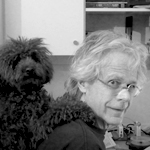
Robert Israel
Robert Israel had designed more than sixty operas as well as other theatrical productions in the United States, Europe, Japan, and New Zealand. He never formally studied theater, instead, training in painting and art history. Israel has designed the world premieres of six operas by Philip Glass, as well as other contemporary works in Holland, Germany, France, and England. For five years, he was the chairman of the theater department of design and media arts. His current projects include the lobby of the new children's hospital at Johns Hopkins University, and the scenic design of Richard Wagner's Tristan and Isolde, in Cologne, Germany, and Richard Strauss's The Woman Without a Shadow, in Zurich. Israel lives in Los Angeles with his wife, son, and two dogs, Henry and 3.1426.
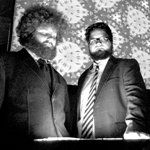
James Tichenor & Joshua Walton
James Tichenor and Joshua Walton started working together in 2006 as the LAB at Rockwell Group. Tichenor has a background in architecture and its overlap with interactivity. At MIT and the Interaction Design Institute of Ivrea his research focused on the commonalities of design, electronics, and materials. He continues to study this through the firsthand construction of physical prototypes. As an interactions designer and educator, Walton primarily works in reactive videos, programmatic motion graphics, and interactive spaces. He received his M.A. from the Cranbrook Academy of Art, where his work focused on nonlinear narrative. The LAB builds on David Rockwell's mission for the Rockwell Group, using narrative and theatricality as tools to create surprise and delight in architecture. The ambition of the LAB is to understand the relationship of human interaction with technology and its effect on experience. Their toolkit includes working with custom hardware and software for RFID, video processing, sonar, capacitance, shape-memory alloy, LED and lighting technologies, wireless communications, and screen-based dynamically composited animation. They embed these technologies in objects and environments to sense and react to people, creating new and unique experiences.
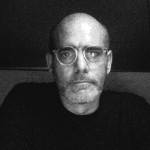
Alfred Zollinger
Alfred Zollinger is co-principal of Matter Practice, the architecture and exhibition-design firm that he co-founded with Sandra Wheeler. Matter has completed a range of public projects, including exhibition designs for the National Building Museum, the Cooper-Hewitt, National Design Museum and the International Center of Photography. The firm has also worked on designs for private residences. | The company maintains its own prototyping and custom-fabrication shop and is informed by Mr. Zollinger’s early training as a precision machinist, as well as his interest in making as a mode of critical inquiry. | Mr. Zollinger studied architecture at the Rhode Island School of Design and completed his post-professional studies at the Cranbrook Academy of Art, where he was designer and fabrication specialist on a number of widely published projects completed by the Cranbrook Architecture Office. | At Parsons since 2006, Mr. Zollinger has also taught at the Eidgenössische Technische Hochschule (ETH) in Zurich and the Rhode Island School of Design.
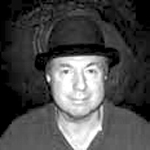
Charlie Marrow
Charlie Morrow is a conceptualist whose work in music ranges over many styles and forms, including media events, public spaces, commercial sound tracks, new-media productions, museum installations, and programming for broadcast and festivals. Assembling expert project groups, Morrow employs a collaborative style that fuses arts, artists, and environment. Technological expertise is the basis for his work, much of which uses a combination of the new and old technologies. He is the president and creative director of Charles Morrow Productions, a leading developer of 3-D audio applications and museum multimedia.
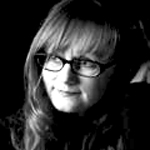
Emily Thompson
Emily Thompson, a professor of history at Princeton University, studies technology in late-19th- and early-20th-century America. Her research explores the cultural history of sound, music, noise, and listening and focuses on how these phenomena and activities intersect with technologies like the phonograph, motion pictures, and architecture. Her book, The Soundscape of Modernity: Architectural Acoustics and the Culture of Listening in America, 1900–1933 (The MIT Press, 2002) received numerous awards, and in 2005 she was named a MacArthur Fellow. Her current project, Sound Effects, examines the transition from silent to sound motion pictures in the American film industry from 1925 to 1933.
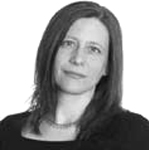
Sabine Von Fischer
Sabine von Fischer is an architect, a writer, and the founder of diaphan-arch. In 2004, she was awarded the Swiss Federal Prize for Art in the discipline of architecture for her installation Sonic Barriers. Until 2008, she was an editor for the Swiss architectural journal werk, bauen und wohnen. She is currently working on a Ph.D. in architectural history and theory with a focus on technological and aesthetic changes at the intersection of architecture and sound.
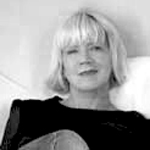
Sissel Tolaas
Sissel Tolaas grew up in Iceland and Norway and since 1987 has been based in Berlin. From 1981 to 1988, she studied mathematics, chemical science, linguistics and languages, and visual art at numerous universities, including in Oslo (both at the University and the Royal Academy), Warsaw, Moscow, St. Petersburg, Oxford and Princeton. She has traveled and lived all over the world and speaks and writes in nine languages. Sissel has received numerous national and international scholarships, honors, and prizes. Since 1990 she has worked in scientific and artistic disciplines on the topic of smell, language, and communication. In 2004, she established Re_searchLab Berlin for smell and communication in Berlin with support from International Flavors & Fragrances. Since 2006 she has been engaged in research on invisible communication and rhetoric at the Harvard Business School. She has worked with Cartier; Louis Vuitton; Estée Lauder; Sony Computer Science Laboratories; DaimlerChrysler Future Lab; the Rockefeller Foundation, and Columbia University, among others. Tolaas has exhibited in major international biennials, museums, and other professional institutions and participated in international colloquiums, conferences, and networks. Her projects have been featured at Casino Luxembourg; Sk-interfaces Abstraction in Preservation: Smell and Sound; Columbia University; Ecological Urbanism, at Harvard University; Zoologisches Forschungsmuseum Alexander Koenig; the San Francisco Neuroscience Institute; the Kimberly Brown Gallery; and Art Basel.
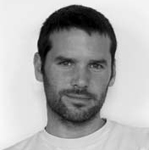
James Auger
James Auger has a B.A. in product design from the Glasgow School of Art and an M.A. in design products from the Royal College of Art, in London. Post-RCA, he worked as a research associate for Media Lab Europe (the European Partner of the MIT Media Lab), where the main focus of his research was a design-based investigation into technology-mediated human experience. Following his appointment as a tutor at the RCA, James moved back to London, where he has been teaching and continuing his research in the design-interactions department. He is a partner in the speculative-design practice Auger-Loizeau, whose projects have been published and exhibited internationally, including the Museum of Modern Art, in New York; 21_21, in Tokyo; the Science Museum, in London; and the Ars Electronica festival, in Linz, Austria; and are in the permanent collection of MoMA. James regularly presents at conferences internationally and is a regular member of the iF design award jury. Prior to being a designer, James completed an engineering apprenticeship at Rolls-Royce (in aero engines) and worked as a special-effects technician for TV and film.
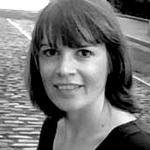
Joanna Merwood-Salisbury
Joanna Merwood-Salisbury is Assistant Professor of Architecture at the School of Constructed Environments, Parsons School of Design in New York City. | An architect by training, she received her Ph.D. in architectural history and theory from Princeton University in 2003. Prior to arriving at Parsons, she taught at Bard College, the University of Illinois in Chicago, Barnard and Columbia. | Ms. Merwood-Salisbury’s scholarly focus is 19th-century architecture and urbanism in the United States. She is author of Chicago 1890: The Skyscraper and the Modern City, which was published by the University of Chicago Press last year. Ms. Merwood-Salisbury has also published widely on architecture and design in a number of journals, including the Journal of the Society of Architectural Historians, the Journal of Architectural Education, Technology and Culture, Design Issues, Grey Room, and Lotus International. | Ms. Merwood-Salisbury sits on the editorial board of the Architectural Association’s journal, AA Files. Recent publications include essays on the history of Union Square in New York and the work of French interior designer Jean-Michel Frank. | Currently, she is editing an anthology of essays on interior design education with Kent Kleinman and Lois Weinthal.
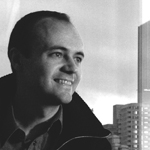
Jorge Otero Pailos
Jorge Otero-Pailos, assistant professor of historic preservation at Columbia University, is an architect and theorist specializing in experimental forms of preservation. His work rethinks preservation as a powerful countercultural practice that creates alternative futures for our world heritage. He is the founder and editor of the journal Future Anterior, and vice president of Docomomo US. He is the recipient of fellowships from the Canadian Centre for Architecture and the American Scandinavian Foundation, among others. His work and articles have been featured in international publications such as Artforum, Architectural Record, AA Files, and Volume, and exhibited in international art biennials such as Manifesta 7 and La Biennale di Venezia.
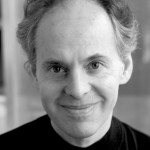
Kent Kleinman
Kent Kleinman is the Gale and Ira Drukier dean of the College of Architecture, Art and Planning (AAP) at Cornell University. Before joining AAP, Kleinman was dean of the School of Constructed Environments at Parsons School of Design. He received his professional degree in architecture from the University of California, Berkeley. His scholarly focus is 20th-century European Modernism, and his publications include Villa Müller: A Work of Adolf Loos, Rudolf Arnheim: Revealing Vision, The Krefeld Villas: Mies’s Haus Lange and Esters, as well as articles and reviews in national and international publications, including Bauwelt, Progressive Architecture, A+U, Bauart, Archis, and the Architect’s Journal. He recently published a translation of Jan Turnovsky’s Poetics of a Wall Projection (2009). Kleinman has taught at architecture schools internationally, including the Academy of Fine Arts, in Vienna; the Hochschule der Künste, in Berlin; the Royal Danish Academy of Fine Arts, in Copenhagen; and the ETH, in Zurich. He was a faculty member at the University at Michigan from 1989 to 1999, and professor and chair of architecture at the State University of New York, Buffalo, from 1999 to 2005. He was awarded the senior Public Goods fellowship (sponsored by the Mellon Foundation) at the University of Michigan in 2002, and was a visiting scholar at the Canadian Centre for Architecture in 2005. He has received four Graham Foundation Grants, the national Bruner Prize; two Architect’s Journal 10 Best Books awards; first alternate award for the Burnham Prize; a New York Council for the Arts grant; and a 2001 Progressive Architecture Design Award (with Eric Sutherland). Kleinman is a registered architect in California.
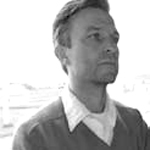
Robert Kirkbride
Robert Kirkbride is director of the architectural-design firm studio ‘patafisico and associate professor at Parsons School of Design, where he is thesis coordinator for product design in the School of Constructed Environments. Kirkbride’s interests center on the mutual influences of thinking and making. His work includes educational and residential design, ecological land-planning, furniture, and installations, and has been exhibited and published widely: in Vogue, the New York Times, Surface, C3, Mark Magazine, Metropolis, and the film XX/XY. His book, Architecture and Memory: the Renaissance Studioli of Federico da Montefeltro (Columbia University Press, 2008), received the Gutenberg-e Prize from the American Historical Association. Kirkbride has been a visiting scholar at the Canadian Centre for Architecture and an architect-in-residence at the Bogliasco Foundation, in Genoa, Italy, and is an editorial board member of the Nexus Network Journal (Birkhäuser Verlag) and commissioning editor at Alphabet City (with MIT Press). He is a visiting critic at the University of Edinburgh, has been a guest professor at the Université of Montréal, and conducts design charrettes at the Cooper-Hewitt, National Design Museum. Kirkbride received a Ph.D. in the history and theory of architecture from McGill University, and an M.A. in architecture and a B.A. in design of the environment from the University of Pennsylvania.
